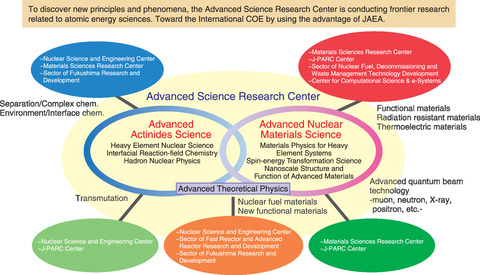
Fig.3-1 Role of advanced nuclear scientific research
Most nuclear-energy-related technology is based on basic science. Besides seeking solutions to today's energy problems, future research must respond to the new developments in the field that are expected in the next few decades.
The Advanced Science Research Center (ASRC) explores new possibilities of nuclear energy from the perspective of basic science. During this process, we aim to establish new research fields and further develop the existing science and technology.
Our mid-term plan began in FY2015 and has focused on two main areas: advanced actinides science and advanced nuclear materials science. In the former, we aim to conceptualize nuclear and heavy-element-based actinide science in a new way; in the latter, we are investigating and developing new materials for nuclear-energy purposes. In FY2019, a theoretical physics group was established to connect these aims to develop and enhance new research ideas across the various fields of sciences of the existing research areas. Through interactions between the two areas and collaboration with research institutes within and outside of the Japan Atomic Energy Agency, JAEA, we are cultivating new fields of nuclear-energy science (Fig.3-1).
Numerous achievements have been made throughout FY2020 and are thus highlighted in this chapter. Through our advanced actinides science, a new method to investigate as-yet-unknown fission reactions was developed (Topic 3-1). This achievement will help elucidate the fission mechanism and the nucleus structure. Additionally, our chemical research contributed to the determination of the chemical state of cesium inside trees, which was detailed in Chapter 1 (Topic 1-16) and will help elucidate the migration behavior of cesium in the forest in Fukushima. Research into hadron nuclear physics allowed us to analyze the event in which a special nucleus, the Ξ hypernucleus, is produced (Topic 3-2). This analysis contributes to the understanding of the interior of neutron stars.
Substantial results have also been achieved in the field of advanced nuclear materials science. A prototype cooling device using KBaYb(BO3)2 was developed that can reach 0.04 K and is expected to replace conventional Helium-3 refrigerators (Topic 3-3). In spin-energy transformation science, we revealed that spin thermoelectric devices have a high tolerance to radiation and keep their performance for a few hundred years (Topic 3-4). The devices are expected to be used as nuclear batteries in spacecraft. In the nanomaterials research, terahertz-infrared absorption spectra of deuterated water clusters were measured (Topic 3-5), which will help provide an accurate evaluation of the greenhouse effect of water.
The mass and lifetime of the pentaquark Pc comprising five quarks were predicted as part of our theoretical physics research (Topic 3-6). Understanding the Pc structure is expected to lead to a better understanding of the exotic nature of hadrons.
The ASRC considers that developing human nuclear resources with expertise and demonstrating their total abilities via basic nuclear research is vital.